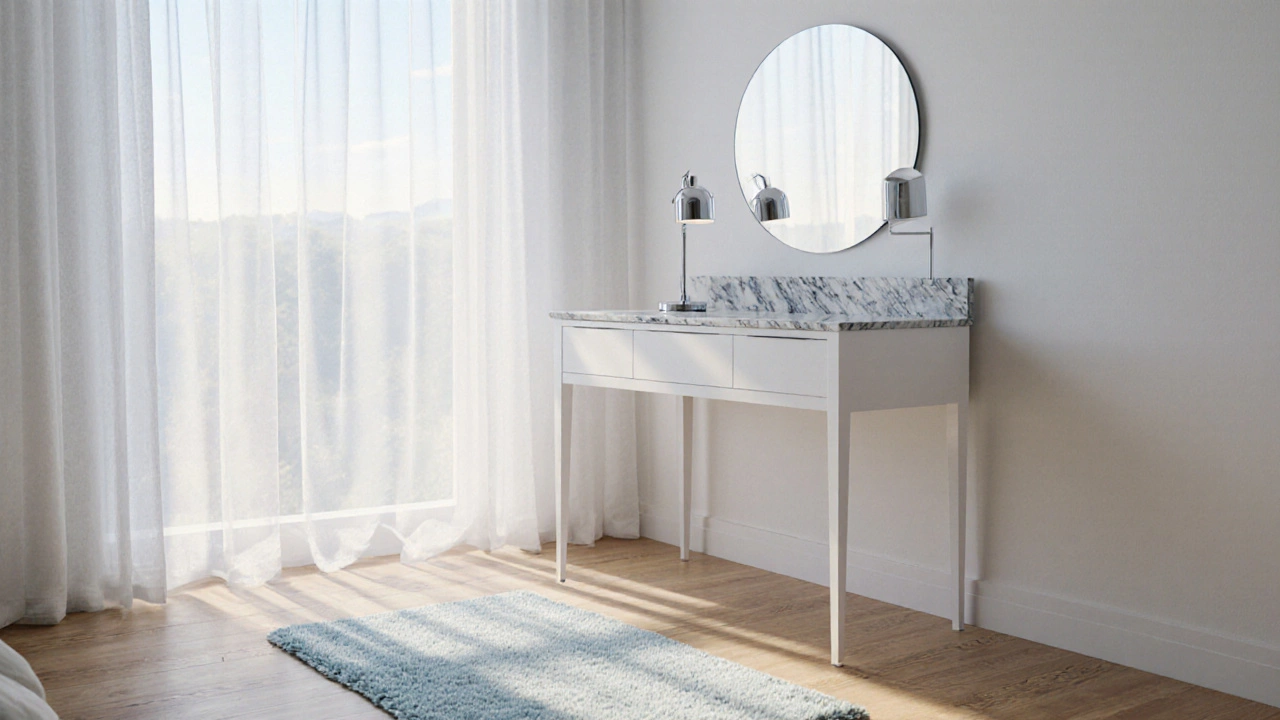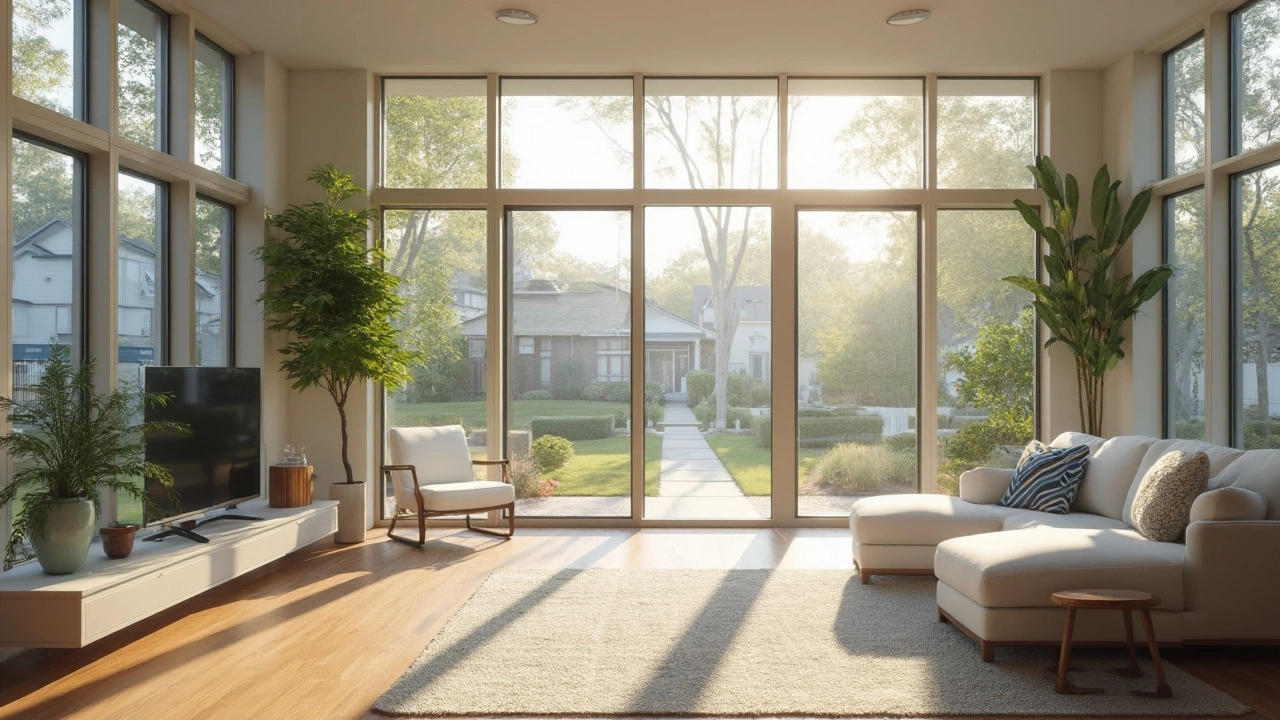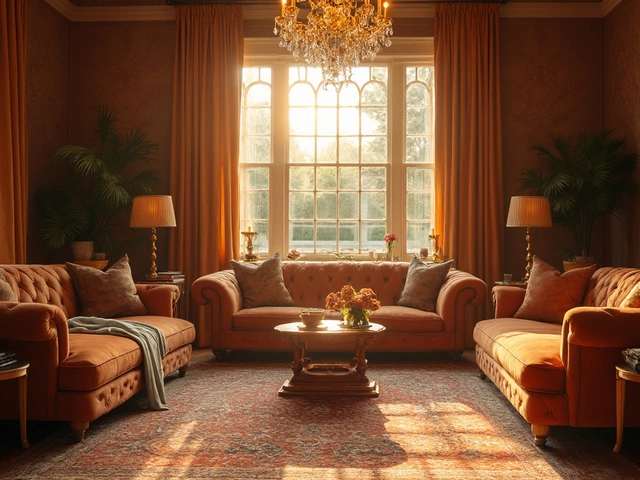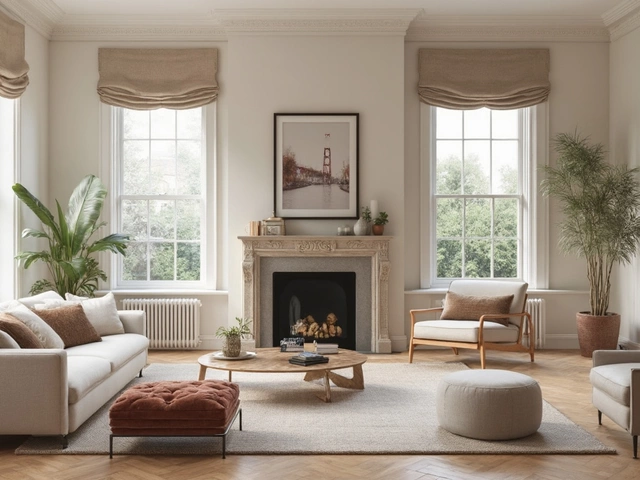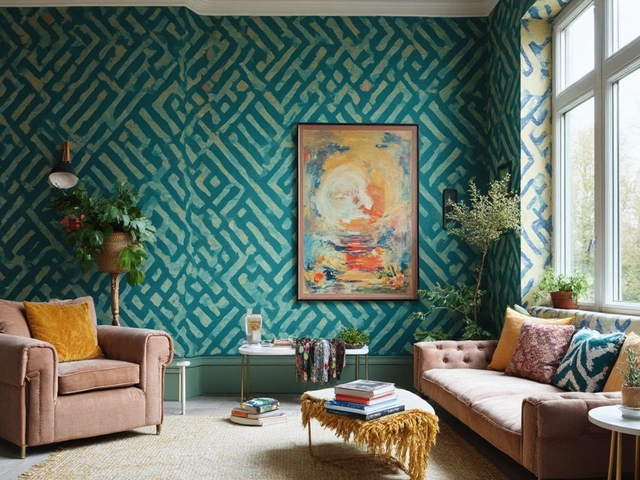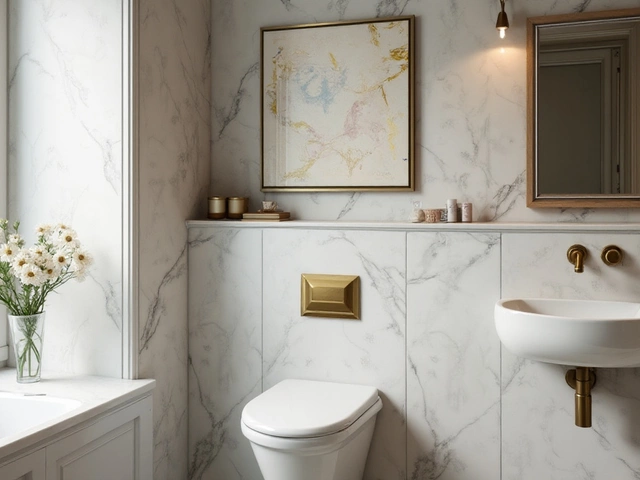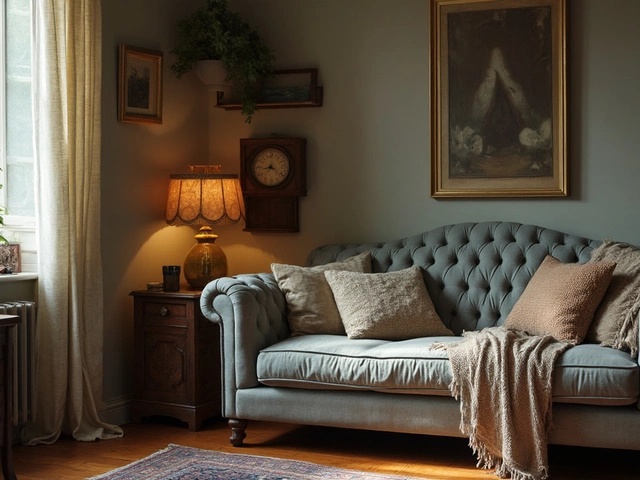Privacy in Home Design: Easy Ways to Create Private Spaces
Ever feel like your open‑plan living area has no walls between you and the world? You’re not alone. Adding privacy doesn’t mean you have to close off the whole house. Small tweaks to layout, furnishings, and finishes can give you the quiet, personal zones you crave while keeping the flow you love.
First off, think about visual privacy. Simple window treatments – sheer curtains, bamboo blinds, or frosted film – let light in but keep prying eyes out. If you’re dealing with a street‑facing window, a layered approach works well: a light sheer for daytime diffusion topped with a heavier blackout for evenings.
Use Furniture and Layout to Define Private Zones
Room dividers aren’t just for offices. A low bookshelf, a tall plant, or a strategically placed sofa can break up an open space without feeling cramped. Place the back of a chair or a console against a wall to create a ‘pseudo‑room’ where you can read, work, or enjoy a cup of tea in peace.
When arranging bedrooms or home offices, keep the sleeping or working area away from high‑traffic zones. A rug can signal a separate space, and a simple floor lamp or pendant light can further draw the line between public and private.
Acoustic Privacy: Soft Materials Make a Big Difference
Noise travels fast in an open floor plan. Adding soft surfaces – plush rugs, upholstered chairs, and heavy drapes – absorbs sound and reduces echo. A wall of acoustic panels can look stylish if you choose fabric‑covered options that match your décor.
Even bookshelves filled with books act as sound buffers. If you need a quiet work corner, place it near a wall and add a bench with a cushioned back. The more soft items you have, the less sound bounces around.
For bathrooms and closets, consider a solid‑core door or a door with a magnetic seal. It not only blocks sound but also gives you a visual cue that you’re entering a private area.
Don’t forget the power of plants. Tall foliage not only adds visual depth but also helps muffle noise. A row of potted palms or a leafy screen can create a natural privacy barrier that feels fresh and alive.
When entertaining, use temporary solutions like folding screens or tall candles to carve out private conversation spots. Guests will appreciate the intimacy, and you’ll still have the open vibe for the rest of the party.
Lastly, think about storage. Hidden cabinets, under‑bed drawers, and built‑in niches keep clutter out of sight, which indirectly improves privacy by reducing visual chaos. A tidy space feels more secure and personal.
In short, privacy is less about walls and more about thoughtful layering of visual, acoustic, and functional elements. Try one or two of these ideas today and notice how your home instantly feels more yours.

